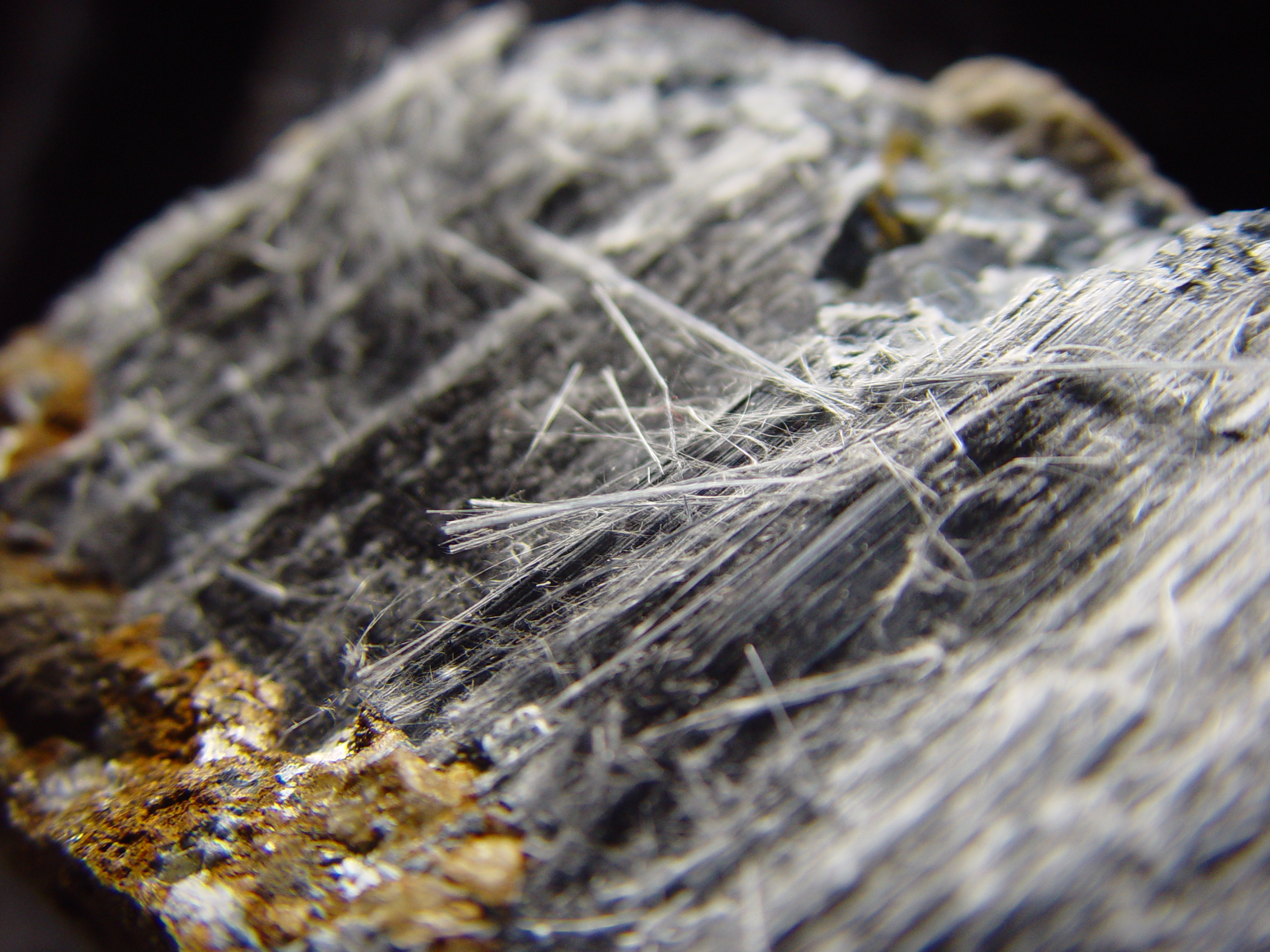Asbestos
Asbestos is a material naturally resistant to fires and therefore used in a variety of products to make them more fireproof. Asbestos is a health hazard, and the greatest exposure risk comes from inhaling asbestos fibers.
About Asbestos
Asbestos is a naturally occurring mineral. It is mined in much the same way that other minerals, such as iron, lead, and copper, are. Asbestos is composed of silicon, oxygen, hydrogen, and various metal cations (positively charged metal ions). There are six varieties of asbestos: chrysotile, amosite, crocidolite, tremolite, actinolite, and anthophylite. The three most common are chrysotile, amosite, and crocidolite. Chrysotile fibers are pliable and cylindrical, and often arranged in bundles. Amosite and crocidolite fibers are like tiny needles.
and anthophylite. The three most common are chrysotile, amosite, and crocidolite. Chrysotile fibers are pliable and cylindrical, and often arranged in bundles. Amosite and crocidolite fibers are like tiny needles.
Unlike most minerals, which turn into dust particles when crushed, asbestos breaks up into fine fibers that are too small to be seen by the human eye. Often, individual fibers are mixed with a material that binds them together, producing an asbestos containing material (ACM).
Factsheet
Asbestos in the Home and Workplace - Frequently asked Questions (PDF) (6 pages; February, 2022)
This factsheet provides information to people who are trying to determine whether there is asbestos-containing material in their home or workplace, and what they might do if there is. It reviews health concerns about asbestos exposures, plus options and resources to address these concerns.